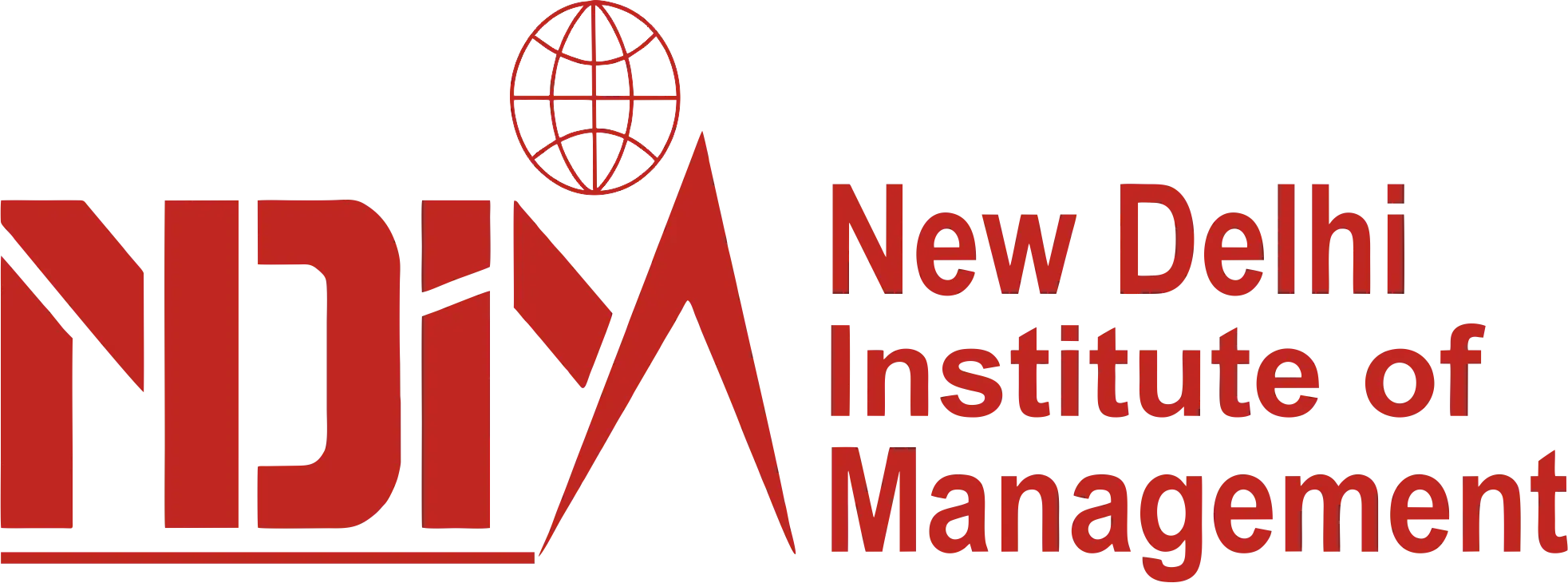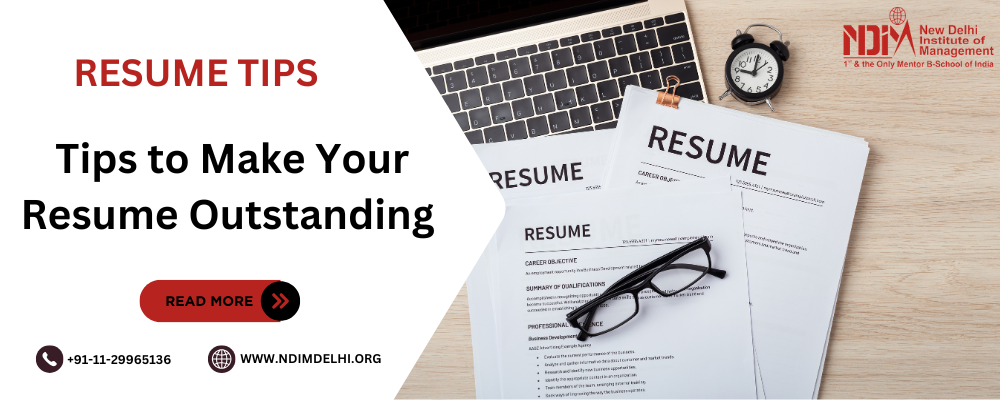The resume you submit is not an ordinary document. It provides your personal story to prospective employers. The first impression represents you when you’re competing for MBA final selections. To stand out it is more than a basic resume template. This is a complete guide on how to create an outstanding MBA resume that grabs the attention of recruiters.
Why a Stellar Resume Matters
Your resume can be your ticket to secure interviews for final interviews. As recruiters review hundreds of applicants, an impressive resume will make all the impact. Your resume should highlight your abilities as well as your accomplishments and future making it easier for recruiters to choose your resume for the next round.
1.Choosing the Right Resume Format
The format of your resume forms the basis of your resume. Professional layouts ensure readability and lay out your important data efficiently. If you are an MBA student, these layouts are the most appropriate:
- Reverse Chronological Format This format is great for people who have steady progress in their careers. The format lists the latest experiences before your most recent ones, making it simpler for employers to keep track of the progress you have made.
- Combination Format Combining the components of chronological and functional formats. It showcases your expertise as well as your work experience, which makes it perfect for MBA students who want to enter the field of their choice.
Tips for Resume Format:
- Make sure you use a professional and clean typeface such as Arial and Calibri.
- Keep the margins uniform and align them.
2.Choose either a compelling Resume Summary or a clear Resume Objective.
Summary:- A Summary of your resume is a short overview of your personal experiences, skills, and your career goals. It’s particularly helpful for MBA students who have previous professional experience.
Sample Resume Summary: “Results-driven MBA graduate with more than 3 years of working experience in the fields of marketing and strategy proficient in increasing business growth and engagement with customers. Expert in analysis of market trends, the use of data to make decisions, as well as inter-functional collaboration.”
Tips for Writing a Resume Summary:
- You can tailor it to the particular position you’re submitting for.
- Utilize strong action words and track your progress whenever you can.
- Make it short, ideally three to four lines.
Or
Defining a Clear Resume Objective :-If you do not have significant prior experience in your field or area an official resume may provide a better alternative to a casual. The focus is on your objectives in the near future, and how to contribute value to the organization which you’re employed with. Examples of Resume Objectives: “Aspiring business analyst and an interest in using information to solve tough business challenges. Looking to contribute analysis skills and problem-solving capabilities to an enterprise that is expanding. “
Tips for Writing a Resume Objective:
- Examine what’s in it for you. objectives of the company and goals, and also the job that an employee plays.
- Be sure that you do not use terms that are generic and consider how your abilities will meet the needs of your company.
- It must be precise.
3.Structuring Your Resume: A Step-by-Step Guide
A well-constructed resume for MBA students needs to include these areas:
A)Contact information:
- Full Name
- Phone Number
- Professional Email Address
- LinkedIn profile as well as Portfolio (if appropriate)
B) Education:
- In the “title” and description add the information about the details of your MBA degree, the institution you’re attending as well as the date when you’ll be able to complete the degree.
- It is important to include your bachelor’s degree as in addition to any other credentials you have that pertain to your situation.
- Make sure you highlight your academic accomplishments like good GPAs and also awards or scholarship opportunities.
C) Professional Experience:
- Write down the experiences you have had working reverse in reverse chronological sequence.
- Utilize bullet points to describe your duties and achievements.
- It’s important to track your accomplishments (e.g., “Increased sales by 25% within six months”).
D) Skills:
- The focus should be on both skills which are soft and hard that are required to perform the task.
- Examples: Financial modeling data analysis, teamwork, leadership for example.
E) Projects and Internships:
- Make sure you emphasize your most significant projects or internships that are relevant to the job you’re applying for.
- Your accomplishments as well as your contributions.
F) Extracurricular Activities:
- Engage in leadership roles such as leadership, volunteer work, or other notable accomplishments that are beyond academics.
G) Certifications:
- Integrate specific industry certifications, for example, Six Sigma, CFA, or Google Analytics.
4.Resume Writing Tips for MBA Students:- To create an amazing resume, take a look at these points:
A) Use Action Verbs:– Begin your bullet point introduction with words that have a focus on action such as “Led,” “Developed,” “Implemented,” or “Optimized. ” These phrases demonstrate the ability to influence and initiative.
B) Quantify Your Achievements:– Words have power superior to the power of numbers. Instead of telling anyone “Managed a team,” it’s possible to say the phrase “Managed the work of a group of 10 and boosted productivity by 20 percent. “
C) Tailor Your Resume:– Your resume must be distinct to every application you submit for a job. Be sure to highlight the skills and knowledge relevant to the job.
D) Keep It Simple:– Be aware of the technical jargon words, and flashy pictures. Clear and straightforward is essential.
E) Proofread Thoroughly:– The use of grammar and typos can give negative impressions to those you depart from. Check your resume several times before letting someone else look it over to make sure there are no mistakes.
Application Invited for PGDM 2026-28 at NDIM
5. Common Resume Mistakes to Avoid Data Overloading:
Emphasize quality over quantity. It is crucial to highlight your most significant accomplishments rather than enumerating every task you have performed.
A) Using Generic Phrases:– Avoid clichés such as “hardworking team player.” Instead, provide specific examples that demonstrate your collaborative skills and experiences.
B) Ignoring the ATS: Many large-scale organizations utilize Applicant Tracking Systems (ATS) to screen candidates’ resumes. Incorporate relevant keywords related to the job title to ensure your resume aligns with the criteria set by these systems. Thoroughly study the ATS to gain a clear understanding of its functionality.
C) Soft Skills: While technical skills are vital, employers also seek soft skills such as effective communication, adaptability, and leadership qualities.
6.The Role of an MBA Resume in Career Growth
An MBA resume is more than just a job application tool—it’s a comprehensive reflection of your professional journey. Crafting a well-structured and impactful resume is a crucial step toward achieving your career goals and landing your dream role.
Conclusion:
Focus on an effective resume format. Articulate a compelling narrative regarding your work or career objectives. Evaluate your achievements and tailor your resume for each application. Highlight both soft and hard skills. Conclusion A well-crafted resume is essential for MBA decision-making and requires attention to detail, clarity of thought, and a clear vision of your future aspirations. By implementing the strategies and advice outlined in this article, you will enhance your ability to create an impressive resume. This will also pave the way for new career opportunities. Remember, your resume is often the first impression you make, so approach its composition with care and determination.
New Delhi Institute of Management is an acclaimed MBA college located in the heart of Delhi It is well-known for its PGDM programs that are tech-enabled, and NDIM has understood the importance of constructing a solid resume. Hence, the college has devoted important corporate skills courses for its students. The classes are not only training about the professional skills of the company and how to make it most beneficial for their students, but also teach students how to create a strong resume, regularly scheduled resume classes, as well as constant feedback help students understand what they need to do to create the perfect resume for the interview, and students are extremely confident that they’ve learned a skill that will be extremely useful in their professional career, which includes creating a solid resume.
NDIM stands out as the premier destination for students aspiring to pursue PGDM and for PGDM skill development, offering unparalleled training aimed at fostering success in the dynamic business realm. Distinguished by its exceptional faculty and top-notch facilities, NDIM is committed to delivering robust academic curricula that nurture the holistic development of every student. Opting for NDIM over traditional business schools ensures prime access to coveted internship placements and facilitates significant professional advancement. This selection guarantees a comprehensive and enriching educational journey for ambitious learners.For more details, visit our website: https://www.ndimdelhi.org/
A stellar resume is crucial because it serves as your personal story and creates the first impression with potential employers. It highlights your skills, achievements, and future potential, helping recruiters select you for interviews and final placements
MBA students should use the following formats:
Reverse Chronological Format: Best for those with consistent career progression, listing the most recent experiences first.
Combination Format: Combines chronological and functional elements, showcasing both skills and work experience.
A resume summary is a brief overview of your experiences, skills, and career goals. It is ideal for MBA students with prior professional experience. Example:
“Results-driven MBA graduate with 3+ years of experience in marketing and strategy, proficient in market trend analysis and data-driven decision-making.”
If you lack significant professional experience, a resume objective is better. It focuses on your goals and how you plan to contribute to the organization. Example:
“Aspiring business analyst with a passion for solving complex business challenges using data analysis and problem-solving skills.”
An MBA resume should include:
Contact Information: Name, phone number, email, LinkedIn profile, and portfolio (if applicable).
Education: Details about your MBA degree, bachelor’s degree, academic achievements, and scholarships.
Professional Experience: Reverse chronological listing of jobs with quantified achievements.
Skills: Highlight both technical and soft skills.
Projects and Internships: Showcase relevant accomplishments.
Extracurricular Activities and Certifications: Include leadership roles, volunteer work, and industry certifications.
Use action verbs like “Led,” “Implemented,” or “Optimized.”
Quantify achievements (e.g., “Increased sales by 25% in six months”).
Tailor your resume to each job application.
Keep the layout clean and professional.
Proofread to eliminate typos and grammar errors.
Data Overloading: Focus on quality over quantity; highlight key achievements.
Generic Phrases: Avoid clichés like “hardworking team player” and provide specific examples.
Ignoring ATS (Applicant Tracking Systems): Use relevant keywords for better visibility in automated systems.
Neglecting Soft Skills: Balance technical skills with communication, leadership, and adaptability.
NDIM offers specialized corporate skills courses, including regular resume-building workshops and personalized feedback sessions. These initiatives ensure students create impactful resumes, boosting their confidence and employability.
NDIM is renowned for its tech-enabled PGDM programs, exceptional faculty, and holistic development approach. It offers top-notch training, excellent internship opportunities, and prepares students for dynamic business challenges.
For more details, visit NDIM’s official website.


